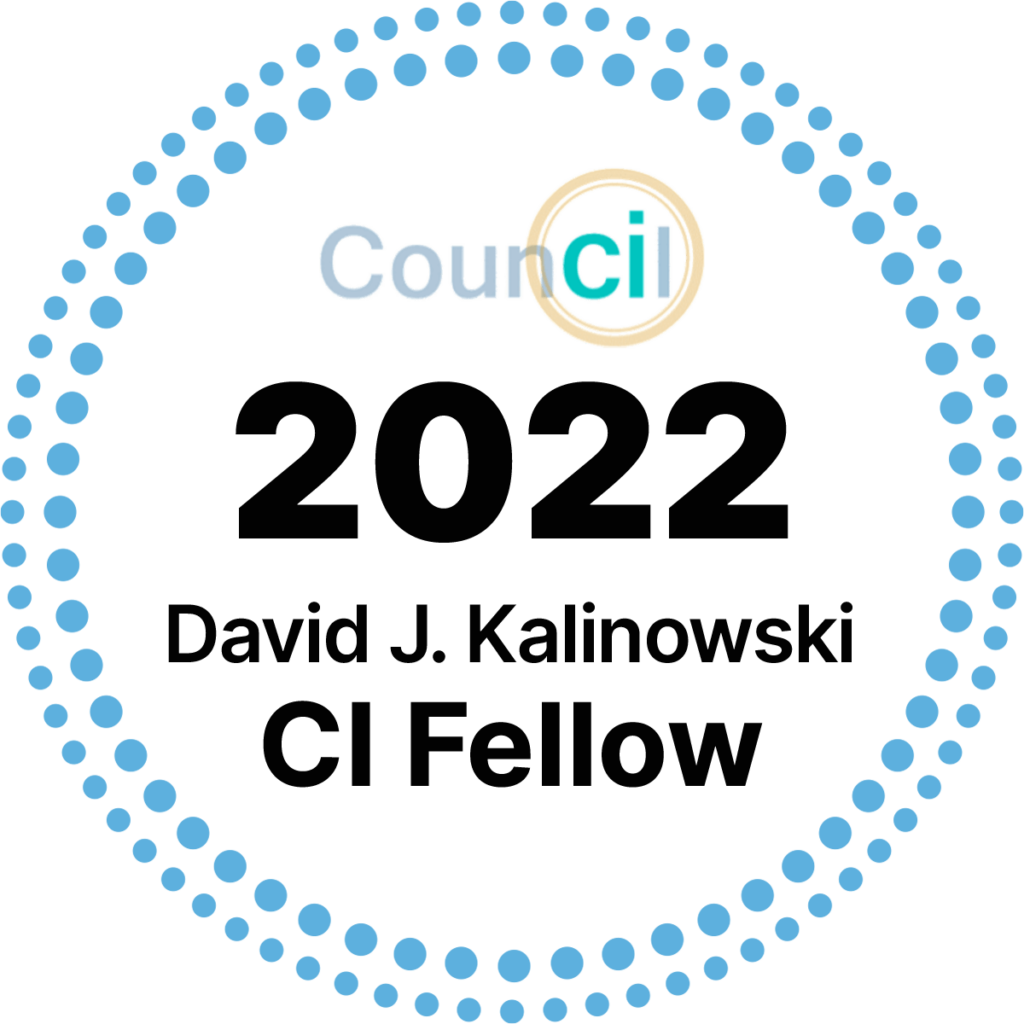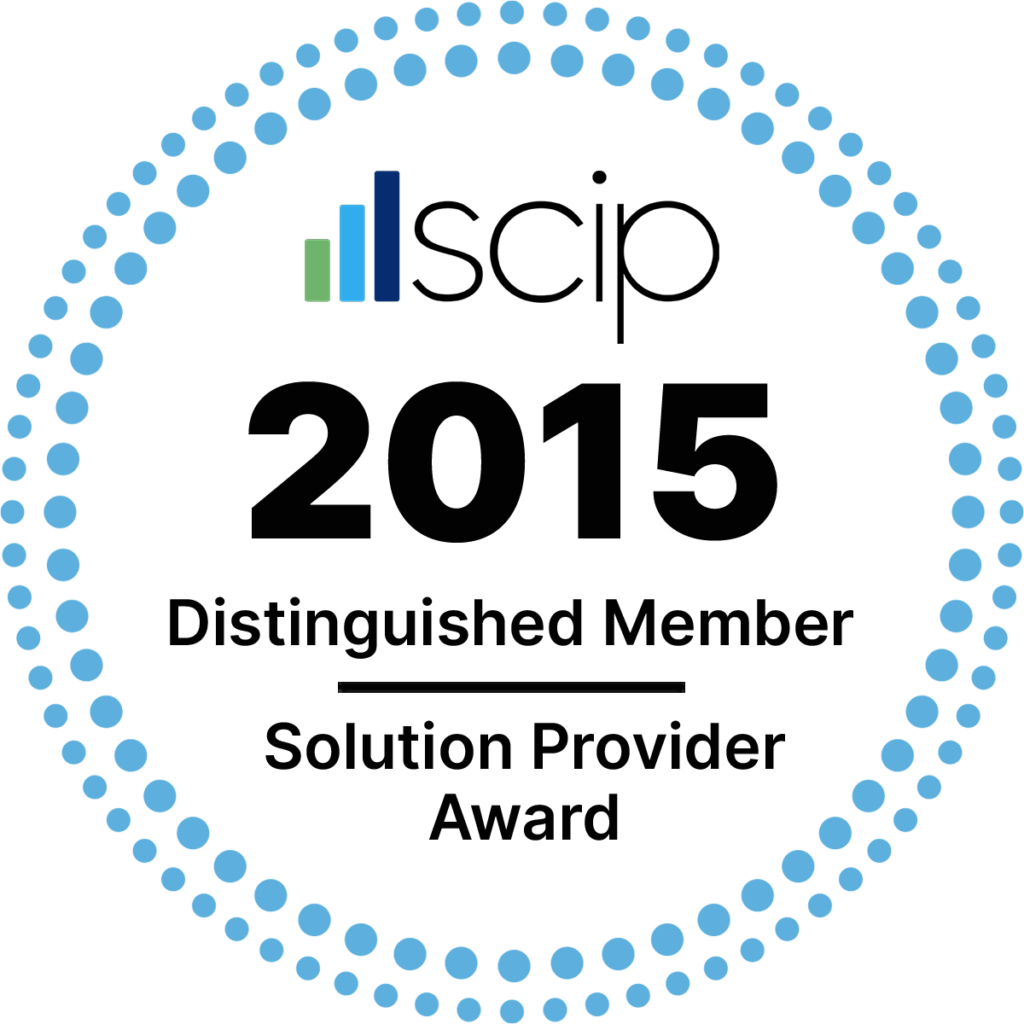
Gary Maag (Retired)
Co-Founder
Proactive Worldwide, Inc.
Published: February 18, 2021

A recent review of inbound customer leads received during the pandemic validates what many of us at PWW have understood anecdotally for some time. Far and away, the competitive intelligence services garnering the highest demand in our work prioritize Voice of Customer engagements. Getting the inside track on customer expectations, preferences, and dislikes toward increasing customer loyalty and improving satisfaction rates has always been an important part of a robust CI program. Today, however, gaining critical consumer intelligence is currently THE primary bulwark against encroaching competition, giving organizations both quantitative and qualitative control over their own destiny.
What’s really at the heart of VOC work is the need for validation to make better business decisions. Our validation culture, which stems from our normal human need for approval and acceptance, is an incredibly powerful tool when hot consumer trends and consumer spending are at stake, fueled by the global social media behemoths that monetize it, from Facebook and Instagram to Twitter, YouTube, and TikTok, et.al. Today’s businesses need to pay close attention. Why is validation, whether positive or negative, so important in business? Because companies can, and do, rise and fall if they don’t heed the signs of today’s mercurial customer base and continue to operate on falsely held customer expectations and beliefs.
“…Any enterprise VOC study that doesn’t also take a hard look at what that enterprise’s own customers think of industry competitors, rival products, or similar services is only getting part of the story.”
– Gary Maag
Where to Begin?
The best VOC research programs are designed to help companies determine what customer metrics, or factors, should be prioritized and validated, or in some cases, disproven, allowing enterprises the freedom to pivot toward better business choices. First, though, ‘change’ has a reputation for being difficult, and leadership as well as internal business stakeholders can be notoriously uncomfortable with it. At the start, particularly when initiating an ongoing VOC program, building consensus and designating senior leadership team sponsors who are responsible for its success and future investment are excellent strategies. Scope definition is also crucial. Voice of Customer projects involve naval-gazing to a certain extent, but any enterprise VOC study that doesn’t also take a hard look at what that enterprise’s own customers think of industry competitors, rival products, or similar services is only getting part of the story.
VOC Tools of the TradeIt can be argued that VOC work is not just a quantitative but also a qualitative exercise. Why? Because it involves human preferences, diverse consumer behaviors, and even competing agendas. That said, the power of today’s advanced data analytics platforms to harness and distill the sheer magnitude of customer data and consumer research is a colossal evolutionary leap forward in terms of improving VOC data collection. Experts like PWW are able to customize these leading-edge software solutions based on the needs of each client. Armed with this competitive intelligence capability to collect virtual mountains of available customer information, we can integrate disparate sets of unstructured and structured data to achieve a conclusive diagnosis of a client’s bill of consumer health.- Social listening platforms
- Focus groups and interviews
- Blogs and forums
- One-time surveys as well as ongoing survey programs
- Email, chat, and call data
- Customer reviews
- NPS (net promoter score – promoters, passives, and detractors)
What Specific Customer Insights Will Help Your Organization the Most?
- Social listening platforms
- Focus groups and interviews
- Blogs and forums
- One-time surveys as well as ongoing survey programs
- Email, chat, and call data
- Customer reviews
- NPS (net promoter score – promoters, passives, and detractors)
What Specific Customer Insights Will Help Your Organization the Most?
Every company is different, with its own strengths and weaknesses. It is incumbent on enterprises to determine what information they require that both responds to customer sentiments and serves their bottom line. For example, prioritization to improve customer service pain points can steer research toward internal product returns data, integrating it with product quality complaints on social media and product/service reviews from retail websites. In another scenario, researching one’s own customer sentiments toward competitors can lead to identifying potential market disruptors that could negatively impact market share down the road. VOC research using customer surveys can discover enrollment deficiencies in loyalty programs, product pricing, or measure the effectiveness of its sales channels against the competition.
For many organizations, what may not be obvious to the naked eye in terms of customers’ true sentiments is almost always uncovered with VOC research. Defining rules for customer segmentation—prioritizing which customers are the most important to your business—is also key to illuminating areas for improvement. The goal is to help enterprises emphasize successful strategies, follow customer segmentation protocols, get a more accurate read on competitive standing, and discontinue stagnant products or services that waste energy and resources.














